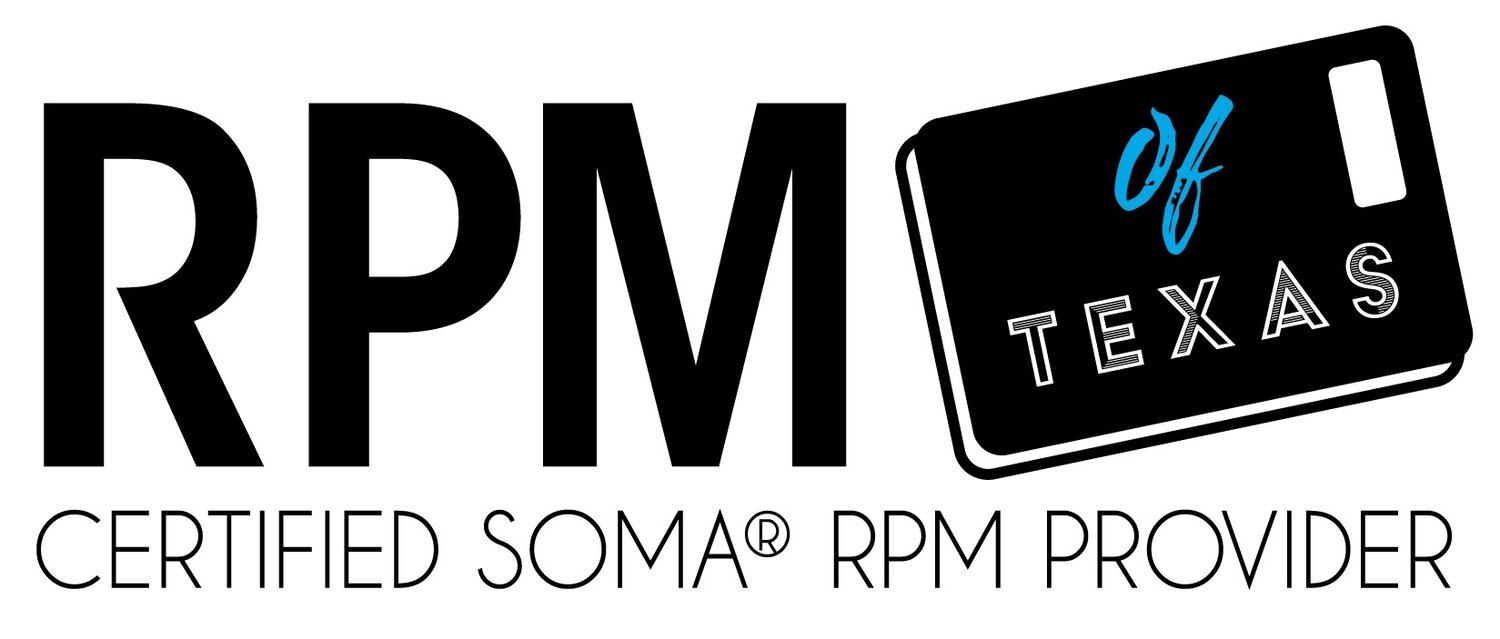What is RPM?
RPM stands for Rapid Prompting Method, a teaching method for students with autism, developed by Soma Mukhopadhyay. Soma began developing RPM as a way to teach Tito, her son with nonverbal autism. Through academics, RPM students are given an educational basis to develop motor skills, sensory tolerance, and communication. Students are exposed to various subjects such as history, math, science, and literature and taught how to show what they have learned. In addition, RPM can be used to teach life skills, hobbies, and games.
With so many different therapies available to people with autism, it can be difficult to make distinctions between them. Here are 5 reasons why RPM is different from other traditional forms of therapy.
5 Ways RPM is Different from Other Therapies
RPM presumes competence. RPM presumes competence in all students. This means that we believe all of our students are capable of learning, regardless of their verbal ability. Because of this, we speak to students in an age appropriate way. We use full sentences, conversational intonations, and most importantly no “baby talk”. RPM teaches students in an age appropriate manner.
RPM is heavily based in academics. Most RPM lessons are rooted in academics, focusing on subjects such as history, math, science, and literature. We give students access to academics so that we have something to talk about. We teach students how to think and reason with the material, so that they may come up with their own thoughts, opinions, and ideas.
RPM gives students a way to communicate. From the very first session, a student will be working on communication skills. We teach all of our students how to show what they have learned. For many people with autism, it can be difficult to show that they understand. We teach a student HOW to choose an answer and HOW to use their hands to show what they have learned. Some students answer by choosing between 2 choices. Some students will spell out their answers on a letterboard. And some students will learn how to handwrite, type, or speak their answers out loud. RPM is more than just functional communication. It gives insight into a student’s thoughts, preferences, opinions, and creativity.
RPM takes into account a student’s sensory challenges. An RPM teacher recognizes the unique sensory challenges of each student and will assess the best way to access a student’s learning channel in each session. RPM adapts each session to a student’s sensory needs in the moment. Not all students are visual learners and not all students will be able to tolerate sitting at a desk. RPM works through sensory challenges within the learning process so that a student may find success.
RPM can be used at any age. In RPM we believe that learning never stops! No matter your age, you can begin RPM at any time. From toddler to adult, RPM is adaptable to any student who needs help learning or communicating.
